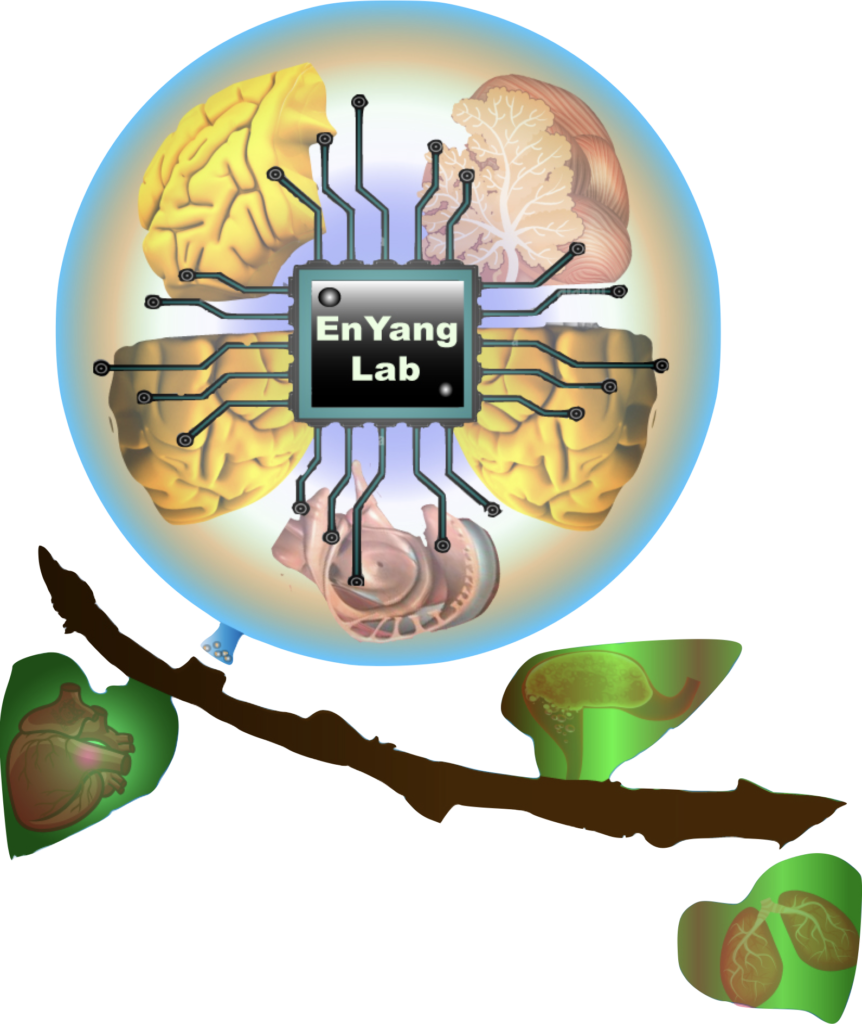Research goal:
1) To unpack the computational algorithms that enable cognitive behaviors and their implementation in distributed circuits,
2)To reconfigure circuit function by manipulating network dynamics to rescue cognitive decline from neurodegenerative diseases or injury, and boost learning performance,
3)To develop advanced brain-machine interfaces.
Approach:
We blend the fields of neuroscience and computer engineering. We engage the brain-machine interface, track the learning process, and watch the memory form by imaging the entire brain at single-cell resolution while the animal is learning and/or while perturbing network dynamics.
1, Understand cognitive brain functions (e.g., read memories in the brain):
whole-brain imaging of a small brain performing cognitive behaviors in virtual reality




2, Manipulate cognitive brain functions (e.g., erase/write memories):
Neural network dynamics perturbation with single-cell resolution




3, Combine experimental neuroscience with computational neuroscience to seek engineering solutions, including advancements in therapeutics, diagnostics for neurodegenerative diseases, and the development of brain-machine interfaces.


Projects
1, navigation, learning and memory in larval zebrafish

2, Brain states and their modulatory effect on learning

3, general principles underlying learning across animal models


4, neuroengineering: circuit simulation/perturbation to improve learning performance



